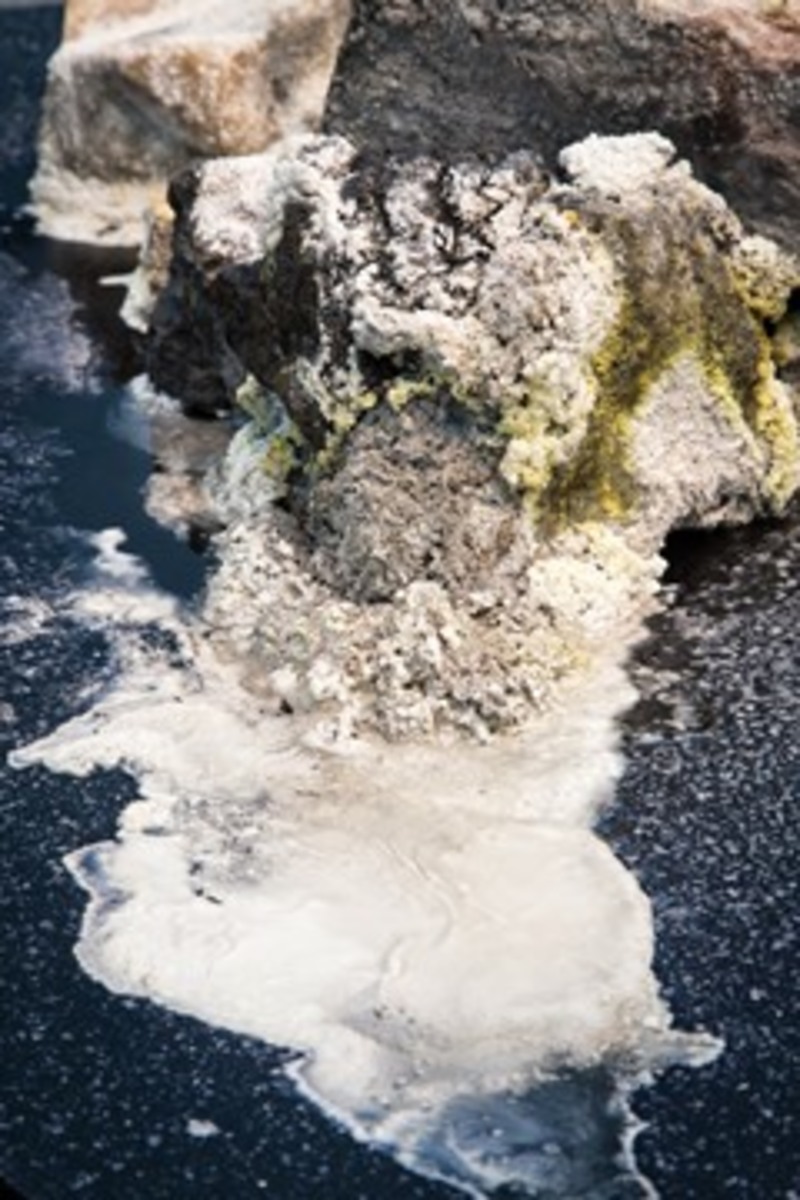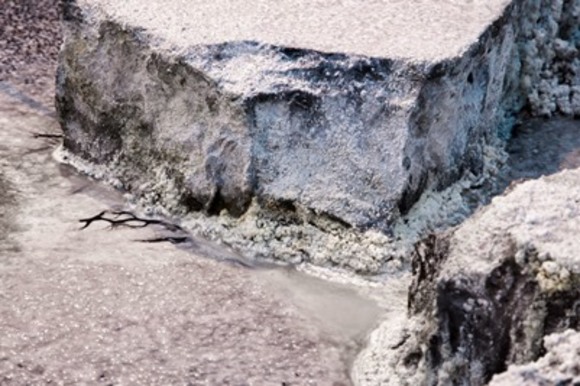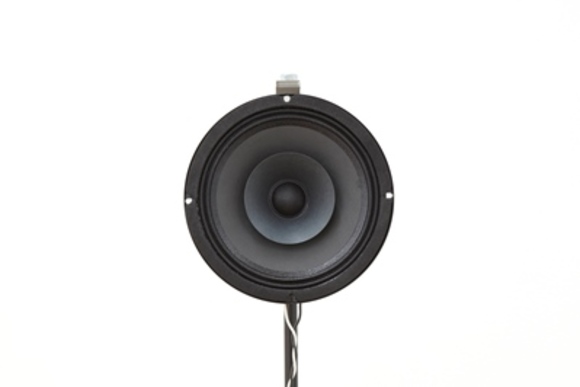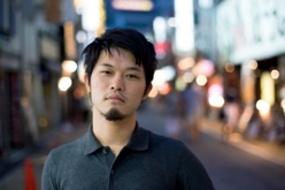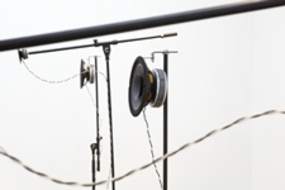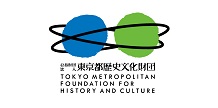OPEN SITE
Shun Owada "Paleo-Pacific"
- TEF Vol.10 Sound Installation / Second term [Recommendation Program]
Information
| Title | Shun Owada "Paleo-Pacific"
TEF Vol.10 Sound Installation / Second term [Recommendation Program]
|
| Date | 2016.01.9(Sat) - 2016.2.7(Sun)
|
| Time | 11:00 - 19:00
|
| Admission | Free |
Organize
| Tokyo Metropolitan Foundation for History and Culture, Tokyo Wonder Site
|
| Venue | TWS Hongo
|
Artist
| Shun Owada |
This works uses the fossils of fusulina, protozoan marine organism in Permian period and disappeared by the mass extinction event in 250 million years ago. Fossils of fusulina had become mountains of limestone through a long period of time, it's even too long for people to perceive it as continuous change. I am interested in this gap, "discontinuous change", between living and nonliving things, such as fusulina and limestone. Does the sound picked up from the limestone still hold the gap? If so, to listen to that sound could be equal to perceive the gap itself?
Click here for Interview with Shun Owada!!
Profile
Shun Owada
Born in 1985, Shun Owada is a Tokyo-based sound artist. He earned his master's degree from Tokyo University of the Arts in 2012. Having an interest in physical/ physiological aspects of sound, he explores relation between sound and perception of (living) things. His works vary from live improvisation using computers to sound installation. He received a grand prize in Tokyo Experimental Festival Vol.9 by Tokyo Wonder Site.
Shun Owada
Grand Prize winner of TEF Vol.9 (2014). This time, new work "Paleo-Paciffic" which develops from previous work "dissolution" will be exhibited.
― Tell us how you got the idea of listening to "the sound of 250 million years ago" from fossils in limestone.
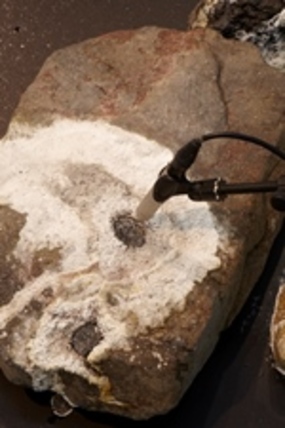
I'd been interested in fossils from a young age but before creating "dissolution" I hadn't directly combined fossils and sound. On the other hand, because I had studied electroacoustic music at university, in digital date, I'd become aware of the boundary between the state of the sound reproduction before playback and during playback. I don't mean reproduction simply in terms of the media used. I mean it in the sense of something rawer, like a dead thing coming back to life. Like there is an instant when a state thought to be permanent turns discontinuous. This sensibility is connected to my interest in fossils, but that wasn't enough, so I tied it into my longtime interest in sound and air. Sound is 'the vibration of air', i.e. I thought of the fact that we are unable to perceive sound without air as 'access rights to air'. We have the notion of access rights
for computers, and if you take sound and music as an issue of 'access rights' to air, I believe that changing the composition of air can be regarded as an element in the basic theory of music, even if it doesn't cause any sound. After researching several methods, I found use of limestone containing fossils to produce carbon dioxide. And a combination of all these key words - fossil, reproduction, air - resulted in the plan for "dissolution."
― What does "sound" mean for you?
I think the sound source and our ears may be coincidentally connected by the existence of air. I'm interested in the history of the sense of hearing. The very existence of the organ we call the ear is nothing more than something we acquired by chance over the course of evolution, and it's not even clear-cut in the case of other creatures. It's something that came about by a chance relationship, and that relationship itself is what sound is for me.
― So how do you think about your forms of expression i.e. exhibiting sound in this way?
I also perform electroacoustic music live using computers, but I think it is an installation that creates the sort of "basis" of my performance. I investigate the phenomenon of generating sound, identify and configure the required conditions each time in the hope of inventing acoustic states that hasn't existed before. This motivates me to create installation works. Sometimes I apply ideas I have while composing electroacoustic music to the installation, sometimes the reverse. The journey between installation artist and music player is important to me.
― Please tell us the highlights of your work this time.
When I create sound on the computer, I go through a process of programming, writing codes which become date files, and this generates sound. I'm very interested in the discontinuity and gaps before the sound is produced. When I was young and first learned of the principles of cinema film, as well as questioning what was between the frames, I began to wonder why the world appeared continuous. A fossil looks like just a stone, but it exist now and here because it has crossed over the discontinuous gulf of a living thing becoming stone. Because we don't have a sensory organ to perceive discontinuity it doesn't feel like discontinuity. For exactly the same reason, because your ear just happens not to be able to sense the world of discontinuous sound, it doesn't sound like discontinuously. I want to express the discontinuity and gaps.
(Photo: Ryohei Tomita / Tokyo Wonder Site)
Back to TEF Vol.10 Sound Installation Top Page
Participating Creator
OWADA Shun
